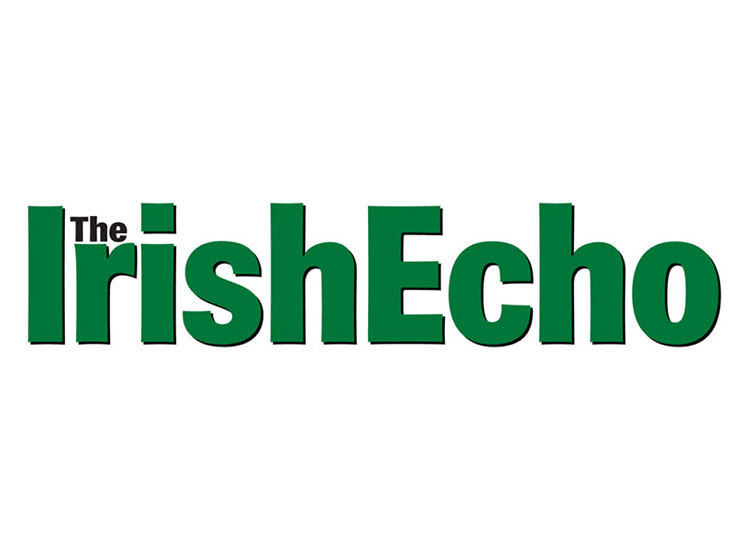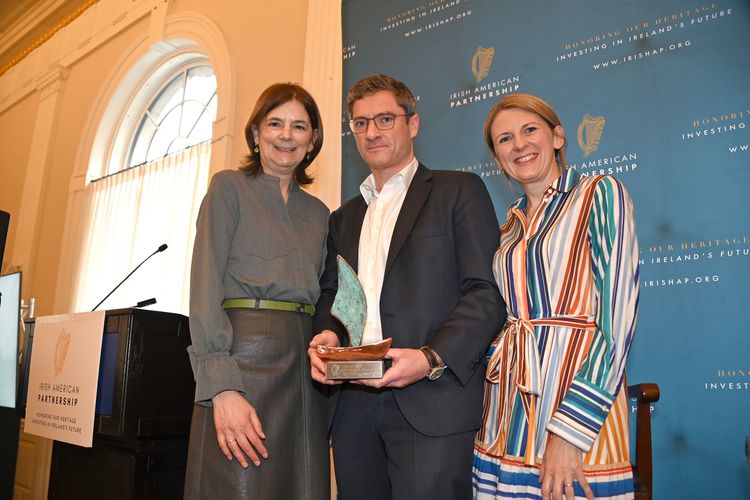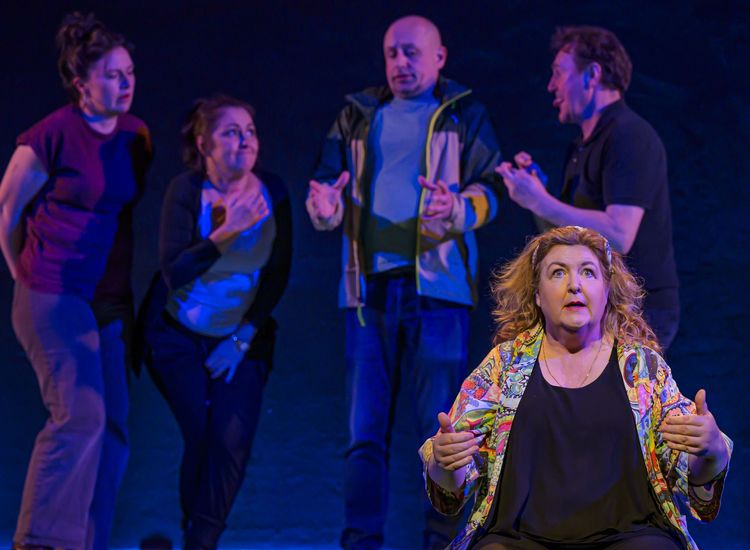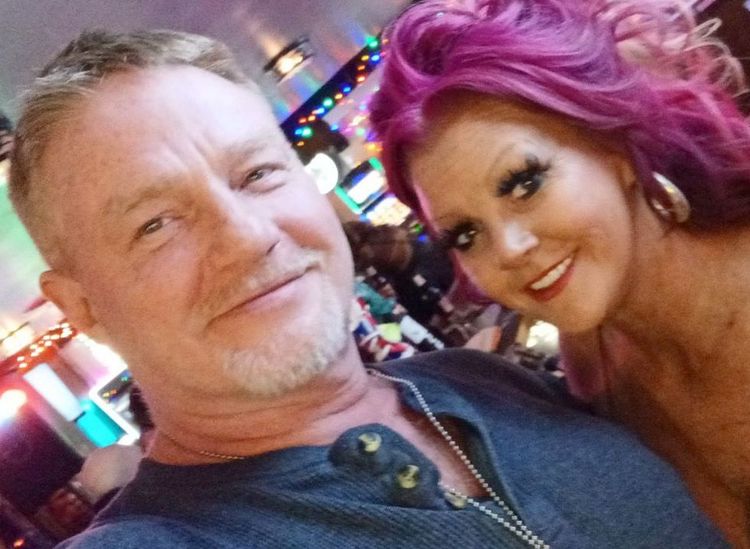[caption id="attachment_70701" align="aligncenter" width="600" caption="Family man. Che Guevara with his children. "]
There is fierce debate taking place over plans to commemorate Cuban revolutionary Ernesto Che Guevara with a memorial in Galway. Part of Guevara's family tree is rooted in the "City of the Tribes," though the Comandante de la Revolución never actually visited. He did,
however, set foot in both Limerick and Dublin. Terry Corrigan looks back to a time when one of the twentieth century's most celebrated rebels charmed his somewhat surprised Irish hosts.
The face is handsome, defiant and some might even say Christ-like, as it looks slightly off to the right in guarded outrage. Indeed, the image is regarded by many as one of the most famous photographs of the 20th century. It has adorned millions of teenage bedrooms and t-shirts worldwide for over half a century.
Today's CEOs, heads of state, hedge fund bankers and regular Joes, turned off the night light, plunging the face into darkness, as they dreamed of their own futures, knowing full well that the young man's future was now non-existent, though for sure an indelible part of 20th century history.
Ironically, Alberto Korda, the man who took the famous Che Guevara photograph in 1960, refused to accept royalties for the image, denying himself countless millions, up until his death in 2001, but therefore mirroring the ideals the iconic portrait represented.
Guevara's name is synonymous with rebellion, the disenfranchised, and the quest for radical political transformation, regardless of the regime, administration, or political divide.
The sixties were all about change and Ernesto Che Guevara "Lynch" had it all: he was the blueprint.
So perhaps it comes as no surprise that the regulars of Hanratty's Hotel did a double take when the handsome young Argentinean walked in and ordered a pint of Guinness.
He spent the night in Limerick and soaked up the Irish culture, albeit for that one night only. It can only be imagined what he made of the craic, and if the hairs on the back of his neck stood up when he heard the céilidh band play with the beat of the bodhrán pulsating around the room, as the drinkers tapped their feet.
It all happened on March 13th 1965, when Che's flight from Prague to Havana was diverted to Shannon Airport, this after suspected engine trouble.
Veteran Irish Times journalist, Arthur Quinlan, was quick off the mark when news filtered around the airport of the Comandante de la Revolución's unexpected stopover. While interviewing the young doctor (Guevara graduated as a doctor of medicine in 1953), Quinlan learned that his father, Ernesto Guevara, was the son of Ana Isobel Lynch, an immigrant fleeing the famine from Galway and settling in Buenos Aires, Argentina.
Che had asked Quinlan to recommend somewhere in Limerick where he might enjoy some local culture, and Quinlan readily supplied the information.
Interestingly, Guevara had always claimed to have little, if no English, yet Quinlan noted that his English was very good and no translator was required.
The year before, however, he had given a television interview at Dublin Airport, on his way from New York and the UN General Assembly to Algeria.
The flight was redirected from Shannon due to fog. Perhaps the romantics amongst us would suggest that fate had intervened not once, but twice, to set its rebellious errant son on ancestral soil, if only for posterity.
A Spanish speaking air hostess was hastily found during the Dublin stopover and during the televised interview the nervous young woman stumbled and erred as she tried to translate for both the television interviewer, and Che himself.
He seemed amused by her shy and somewhat star-struck demeanor. With his rugged good looks and natural charisma, one could be forgiven in thinking this was an interview by an adoring reporter from a fanzine, trying, with difficulty, to keep her mind on the job in hand.
Although on a globe hopping campaign to garner support for Cuba's cause, Che had angered his comrades back home by publicly criticizing the Soviets for being weak. Castro was embarrassed by this and to appease his Soviet masters, had distanced himself slightly from Guevara.
Ironically, it had been Che's brainchild to align Cuba with the Soviets. Returning from the Congo, where he had been training rebel forces, he found a frosty reception awaited him.
From Cuba, Che traveled to Bolivia, to lead forces rebelling against the government of René Barrientos Ortuño. With U.S. guidance, the Bolivian army captured Guevara and his remaining army of guerrillas. the grandson of Ana Isobel Lynch was executed on October 9th 1967 in the Bolivian village of La Higuera, where his body was buried in a secret location.
In 1997 Che's remains were uncovered, exhumed and returned to Cuba, where he was reburied.
But what lay behind the image, and was there more to this man than a fallen hero with his movie star looks? Like other world changing icons of the century, Collins, Ghandi, Kennedy and Doctor Martin Luther King, Che lost his life to those who opposed his dream of a radicalized world - one in which the oppressed could be emancipated and unshackled from the chains which history had bound them to.
Communism was a dirty word in the sixties; the cold war, perhaps the most blatant oxymoron in modern history, was a raging inferno ready to engulf the world in an apocalyptic war, with no going back.
Whatever international sympathy the impoverished Cubans hoped they could garner was drastically marginalized when Che and his brother in arms, Fidel Castro, got into bed with the "Reds" in Moscow.
Guevara was a scholar who was fond of writing and poetry. He was a thinker and an intellectual. He loved to drink, sing and party. He became maudlin and sentimental when intoxicated. During an interview in 1969, his father, Ernesto, summed it up succinctly when he said, "The first thing to note is that in my son's veins flowed the blood of the Irish rebels."
He went on, "Che inherited some of the features of our restless ancestors. There was something in his nature which drew him to distant wandering, dangerous adventures and new ideas."
Whatever his final legacy has become, let us hope the world can see beyond the t-shirt, the wall poster suffocating in a clouds of hashish smoke, and remember him as the embodiment of the passionate fallen hero, a spirit of the sixties, the symbol of the youth that stopped a war and impeached a president - this even if his own particular cause was lost, discredited and demonized by the West.
The sixties were tragically awash with heroic, visionary, fallen revolutionaries, and Che Guevara rightly deserves his place amongst them.
As ex-CIA agent, Philip Burnett Franklin Agee, once said of Guevara: "There was no person more feared by the company (CIA) than Che Guevara, because he had the capacity and charisma necessary to direct the struggle against the political repression of the traditional hierarchies in power, in the countries of Latin America."










